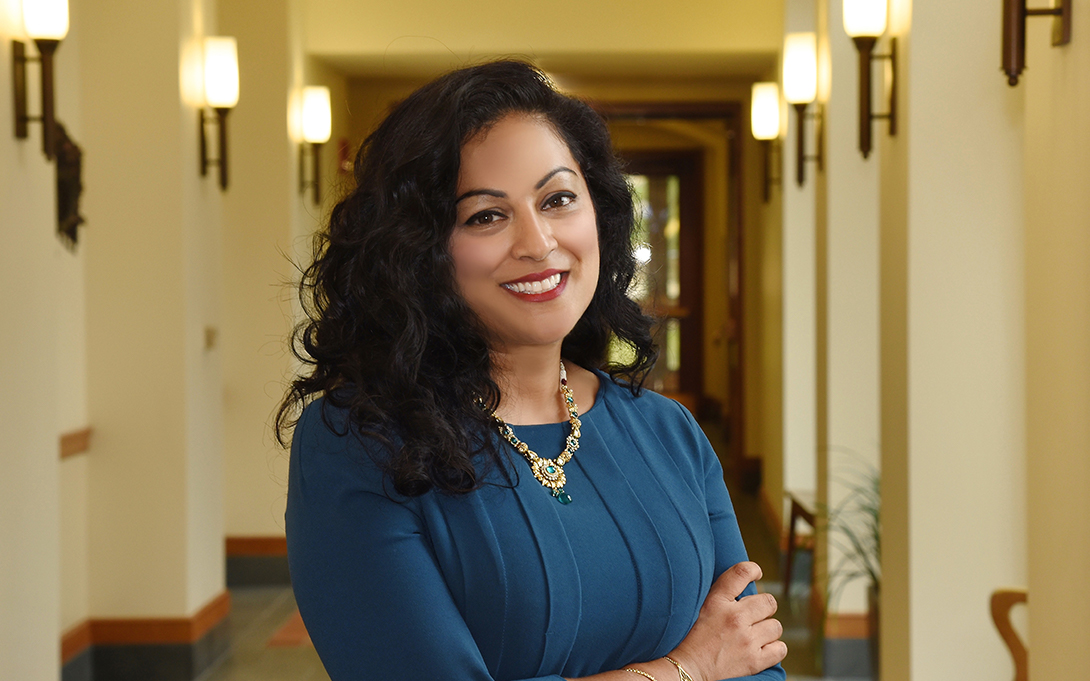
The basic model of technological innovation in the U.S. has relied upon academic research and private sector commercialization. While the standard approach has stimulated macroeconomic growth, produced many valuable products, and created jobs, particularly for highly skilled workers, it has also contributed to vast and growing inequality, deepening the concentration of wealth among the very few. It has also incentivized the development of technologies that at best ignore and at worst harm marginalized communities. To address the bases of these inequities, in an essay for the Boston Review Ford School professor Shobita Parthasarathy calls for a “reimagining of the innovation process.”
“[By] incorporating ordinary citizens into the innovation process and fostering less linear, more dynamic innovation paths involving a more diverse array of experts—we can start to build a more just future for innovation, in which all truly benefit from new technologies,” she writes.
Yet the standard model, “devalues the abilities of those at the grassroots, who may lack specialized training and resources but who have a deep understanding of the problems they face—and often have clear ideas about how to solve them,” writes Parthasarathy, who directs the Science, Technology, and Public Policy program.
Referring to the 2014 water crisis in Flint, she notes that the citizenry was wary of outside “helicopter” researchers who had, at first, dismissed the severity of the city pipes’ lead problem and any link between the Legionnaire’s outbreak and the water supply.
In response, residents created the Healthy Flint Research Coordinating Center (HFRCC) and the Flint Center for Health Equity Solutions (FCHES) along with researchers at Michigan State University and the University of Michigan at Ann Arbor and Flint. These centers were designed to ensure equitable partnerships between Flint residents and Michigan universities that put the community’s needs, rather than scientists’ research agendas, first.
“These programs demonstrate the valuable insights that communities can bring to the innovation process. But such efforts are small in scale—the exception rather than the norm—and there is much work that still needs to be done higher up the chain.”
Her blueprint includes community input at the start of any process: “The institutions that drive innovation—including government, industry, universities, and philanthropic foundations—could fundamentally transform innovation processes by harnessing community expertise at every stage, starting with priority setting. Public, private, and nonprofit sectors must commit to incorporating these relationships into their policies and practices.”
On a broader scale, “In addition to incorporating community knowledge, the largely linear nature of the traditional model of innovation should be questioned. The dominant approach leaves both priority setting and decisions about the design and dissemination of solutions largely up to technology developers.”
She calls for patent bureaucracies and technology transfer offices based at companies and universities to support equity assessments in addition to technology assessments once patents are published.
“Like the multidisciplinary institutional review boards that ensure the ethics of human subjects research, a combination of interdisciplinary experts and citizens could perform these assessments,” she writes.
Concluding, she foreshadows the overall benefit to society this new approach could produce. “It is only by broadening our understanding of expertise, developing new ways to scrutinize technological design, and establishing new institutions and public policy to serve the public interest that innovation will truly work for the good of everyone.”
You can read the full essay here: Can Innovation Serve the Public Good?

